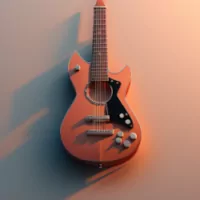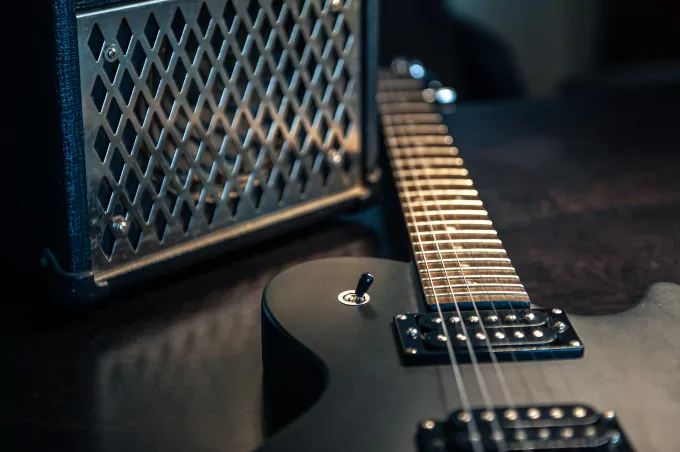Few instruments in music can capture an audience like the electric guitar. The triad of guitar amplifiers, effects, and speakers is responsible for its capacity to conjure emotions ranging from delicate whispers to screaming thunder. These critical components operate in tandem to shape and intensify the electric guitar’s sound pallet, allowing players to produce a symphony of tones that engage with listeners on a profound level.
The guitar amplifier is at the heart of the electric guitar’s sonic journey, transforming the raw electrical signal generated by the pickups into a rich, full-bodied sound capable of filling arenas and performance halls. Amplifiers are not only amplification equipment but also important sculptors of a guitarist’s signature sound.
Amplifiers are classified into several varieties, each with its own tonal qualities. Solid-state and tube (also known as valve) amplifiers are the two main types. Solid-state amplifiers use transistor-based technology to provide a clean, precise sound that is suited for genres such as jazz and country. Tube amplifiers, on the other hand, use vacuum tubes to provide a richer, more saturated sound that is preferred by blues, rock, and heavy metal players.
Learn to Play the Guitar
While amplifiers provide the framework, effects pedals serve as the artist’s palette, allowing guitarists to create sonic landscapes ranging from subtle nuances to wild, otherworldly textures. Effects pedals are classified into several categories, each of which imparts a distinct audio change.
Overdrive and distortion pedals provide grit and bite to the sound, making them ideal for strong rock and metal riffs. Chorus, phaser, and flanger are examples of modulation effects that produce swirling, undulating tones that provide depth and dimension. Delay and reverb pedals create the illusion of space, allowing guitarists to create ethereal atmospheres or mimic the echo of a vast canyon. Wah-wah pedals add dynamic expression by allowing guitarists to adjust the tone with the movement of their feet.
The voyage of sound does not finish with amplification and effects; it concludes with speakers. Guitar speakers are specialist components designed to reproduce the distinct qualities of the sound of an electric guitar. Speakers, like amplifiers, come in a variety of styles, each designed to bring out distinct tonal attributes.
Among the well-known brands that manufacture high-quality guitar speakers are Celestion, Jensen, and Eminence. These speakers are frequently classified based on their size, power management, and frequency response. 12-inch speakers, for example, are popular because of their balanced response and adaptability, although 10-inch speakers can give a tighter, more focused sound.
The union of amplifiers, effects, and speakers has evolved into an art form in which performers combine science, technology, and emotion to construct their sound identities. Guitarists spend years experimenting with different combinations in order to obtain the elusive “perfect tone,” a goal motivated by a desire to fully express themselves via their instrument.
The history of music is braided with the enduring impact of guitar amplifiers, effects, and speakers, from Jimi Hendrix’s hallucinogenic whirlwinds to Eric Clapton’s soulful wails. As technology advances, so does the potential for sonic innovation, providing guitarists with an ever-expanding palette of options to experiment with. So, the next time you’re immersed in the hypnotic melodies of an electric guitar, take a moment to appreciate the symphony of craftsmanship that goes into it.
Image by pvproductions on Freepik

